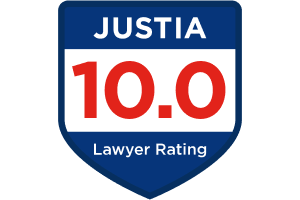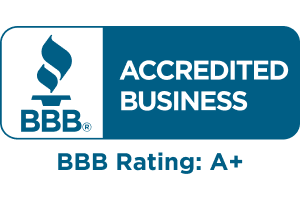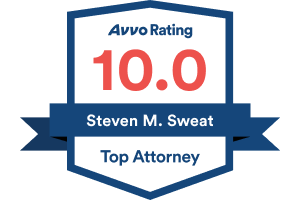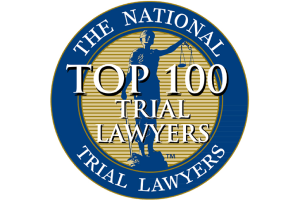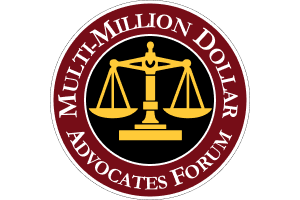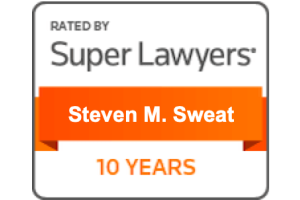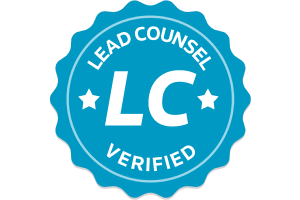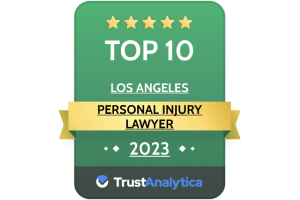- Free Consultation: 866-966-5240 Tap Here To Call Us
Sexual Assault by Teacher Verdict Upheld in California
Californians who have been the victim of childhood sexual abuse at schools, churches, or other institutions that have authority over children may have grounds to pursue civil claims against the perpetrators and the institutions that allowed the abuse to occur. In A.H. v. Tamalpais Union High School Dist., Cal. Ct. App. Case No. A165493, A166684, the Court of Appeal found that a school district could be liable for childhood sexual abuse perpetrated by a high school coach because the district should have known the man had a propensity to commit the act based on a pattern of previous conduct.
Factual and Procedural Case Background
A.H. attended Tamalpais High School from 2000 to 2004, graduating in 2004. While in high school, he played on the tennis team, which was coached by Normandie Burgos, a physical education teacher and coach. Burgos had been hired by the school in 1998.
While A.H. was in middle school, he began taking private tennis lessons from Burgos and joined the school’s team in his freshman year. He viewed Burgos as a mentor and as one of the most important people in his young life other than his parents. In 2003, Burgos began sexually abusing A.H. It began by massaging A.H.’s elbow when he had tendonitis. Burgos told A.H. he needed to massage him to relieve tight muscles, which started with his torso but later progressed to A.H.’s lower body, and finally, his genital region.
A.H. was receiving one of these “massages” in Burgos’s office with the door locked. Burgos told him to wear a mask and A.H. felt him touching and stroking his penis. The athletic director attempted to get into the office while this was occurring, and Burgos pulled off the sleeping mask and unlocked the door. When the athletic director asked why the door was locked and what he was doing, Burgos told him they were doing stretching exercises for A.H.’s back, and the athletic director recommended a stretch and left.
In 2017, A.H. filed a lawsuit against Tamalpais High School, alleging negligent supervision and retention and failure to protect him from sexual abuse. The case eventually went to a jury trial. At trial, A.H. presented testimony from multiple other former students about their own incidents involving Burgos and sexual grooming and/or abuse. The principal, Chris Holleran, was the principal from 2000 to 2008.
In 2002, he received a complaint about sexual contact by Burgos with a high school wrestler who alleged that Burgos had brushed his hand across his genitals and insisted he needed to take body fat measurements by reaching his hand down the boy’s shorts to test the upper thigh area. The complaint was made by a police detective who had learned about it from the boy’s therapist during a session.
Holleran responded by discussing the incident with Burgos and telling him that body fat measurements should never be taken in that area. He wrote an incident report about it and placed it in a locked cabinet in his office but did not include a copy in Burgos’s personnel file or alert any teachers or coaching staff.
Other complaints came from a boy named A.G. who graduated in 2003. He testified that Burgos called him into his office for body fat testing, told him to remove his clothing other than his boxer shorts, and pinched his skin about one inch above his penis after telling him to pull down his waistband. Another boy, S.C. who played tennis and graduated in 2002, recalled that Burgos had called him into his office for a body fat test and told him to remove his clothing. Burgos then pinched the skin in his pubic area directly next to the boy’s penis.
J.L., who graduated in 2003, testified that Burgos told him the PE test for body fat was inaccurate and needed to be performed again. He called J.L. into his office, made him remove all of his clothing, placed a blindfold on him, and then touched his testicles and moved his penis back and forth. Finally, E.L., who graduated in 2002, testified that Burgos told him he needed a sports massage. During the massage, he touched E.L.’s buttocks and told him to relax, alarming E.L. The boy talked about what happened with some other wrestlers, who all told him their massages were the same way. E.L. told the court that this normalized the behavior, so he didn’t file a complaint.
The school district’s attorney argued that Burgos should have been included as a defendant in the case and that the jury should assign 90% of the blame to Burgos and not the school district. The district also argued the jury should only return a verdict of $250,000 and assign most of it to Burgos. A.H.’s attorney asked for $19.5 million and asked the jury to allocate 90% of the blame to the district and 10% to Burgos, arguing that A.H.’s abuse would not have occurred but for the school district’s negligence in retaining Burgos despite having received multiple complaints before A.H.’s abuse occurred.
The jury returned a verdict in favor of A.H. and against the school district. They assigned 100% of the fault to the school district and awarded A.H. $10 million in noneconomic losses, including $5 million in the past and $5 million in future noneconomic damages.
The school district appealed.
Issues: 1. Did the court err when it gave the jury instructions that it should ask whether the district was negligent and if so, whether its negligence was the substantial contributing factor to A.H.’s sexual abuse? 2. Did the court commit prejudicial error when it allowed testimony from others about their past sexual abuse by Burgos?
The school district argued on appeal that the judge’s special verdict instructions on negligence were prejudicially erroneous and that the verdict should be reversed as a result. It also argued that the court committed prejudicial error by allowing testimony from other former students about incidents of sexual abuse and harassment by Burgos while he taught at the high school.
Rules: 1. Public entities are liable for the actions of their employees when they are working within the scope and duty of employment. 2. School districts can be liable for negligent supervision when they know or should have known about an employee’s propensity or history of committing similar acts.
In California, a public entity such as a school district is vicariously liable for the wrongful actions of its employees while working in the scope and course of employment. Schools can also be liable under a theory of negligent supervision when they know or should have known about an employee’s propensity or history of committing similar acts.
Analysis
The Court of Appeal began with an analysis of the trial court’s special verdict jury instructions for the school district’s negligence. The judge had allowed jury instructions proposed by the plaintiff that first asked whether the jury believed the district was negligent in supervising and retaining Burgos, and if yes, whether they believed that negligence was a substantial contributing factor to the harm caused to A.H.
The court noted that a public entity is vicariously liable when its employee harms a third party through wrongful conduct while acting within the scope and course of employment. Since Burgos was employed by the school district and acting in his capacity as a P.E. teacher and tennis coach, the school, rather than Burgos, could be held vicariously liable. However, the district can’t be held liable if a teacher sexually abuses a student since the act of sexual abuse doesn’t fall within the teacher’s scope and course of employment. However, the district can be liable if the abuse occurs because of the district’s negligent failure to adequately supervise or its negligent retention of the employee when it knows or should have known about the abuse.
In applying these rules to A.H.’s case, the court found that the school district should have known about Burgos’s propensity and history to commit sexual abuse and harassment against students before abusing A.H. In terms of the jury instructions, the court noted that the school district had proposed an instruction to the court that the court based its instructions on, namely that the jury could find negligence on the part of the school district because of negligent hiring, supervision, or retention but not based on speculation. The court also gave a separate proposed jury instruction submitted by the school district that the duty of reasonable supervision was limited to what was reasonably foreseeable.
The school district argued the court erred because it failed to instruct the jury that the district could not be held vicariously liable for an employee’s sexual abuse. It further argued that it could only be liable for the actions of its supervisory employees. The Court of Appeal disagreed, finding that the trial court did instruct the jury that it couldn’t base a finding of negligence on the fact that one of the district’s employees sexually abused A.H. but rather only if the jury found the abuse occurred because of the district’s negligent supervision and/or retention of Burgos.
The court then considered the district’s argument that the trial court erred by allowing testimony from others who had suffered sexual abuse at the trial. The district argued that this testimony was prejudicial. However, the court found that the testimony was permissible because it went to show that the district should have known about Burgos’s propensity to commit similar acts and thus did not err.
Conclusion
The court affirmed the trial court and upheld the verdict. The school district was ordered to pay A.H.’s costs on appeal.
Consult a Los Angeles Personal Injury Attorney
If you were a victim of sexual abuse at school by a teacher or coach that the district failed to do anything about, talk to the experienced civil sexual abuse lawyers at the law firm of Steven M. Sweat, Personal Injury Lawyers, APC. We offer free consultations and can discuss the merits of your case and your potential legal options. Call us today at (866) 966-5240 to schedule a free case consultation.


